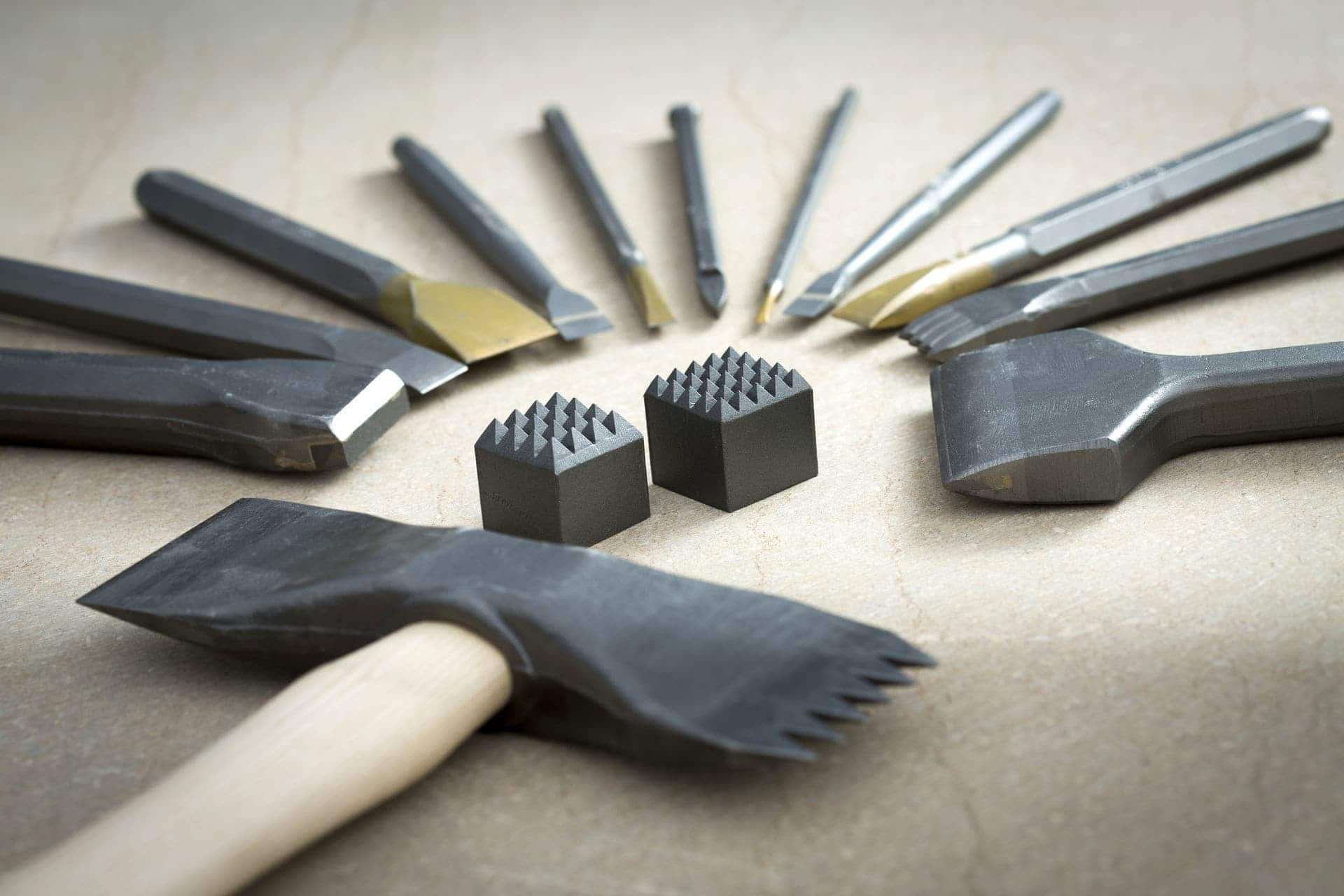Have you ever wondered what distinguishes a mason’s hammer from a regular hammer? Or how diamond-tipped blades work to cut through solid stone? Or perhaps why certain stone tools designs have stood the test of time? Stone working tools are a fascinating subject for DIY enthusiasts, interior design devotees, and anyone with an interest in how we create and maintain our built environment. Through this blog post, we will explore the world of stone tools, their various types, and their applications. The objective is to equip you with knowledge that can come in handy for your next home improvement project or simply contribute to your understanding of this fascinating craft.
Stone working, be it for constructing stone walls, designing unique garden features, or crafting bespoke kitchen counters, involves a variety of tools crafted specifically for the task. Each tool has its origin, function, unique characteristics, and best-practices associated with its usage.
Let’s delve into this subject with the enthusiastic curiosity of an archaeologist, the analytical eye of a craftsman, and the aesthetic appreciation of a designer. After all, we’re not just talking about pieces of metal and stone – we’re talking about the tools that have, quite literally, carved our world.
Understanding the Basics: What Makes a Stone Working Tool?
Often, we underestimate the variety and complexity of stone working tools. Broadly, they can be divided into three categories: hammers and mallets, chisels, and saws. Each category is vast and versatile, tailored to the type of stonework you intend to undertake. For example, when working with softer stones, a stone mason would most likely use a mallet. Conversely, harder stones demand the use of a mason’s hammer.
Let’s not forget, these tools have evolved over time. The mason’s hammer is an excellent example of this evolution, combining a blunt hammering end with a cutting end, offering versatility and efficiency in one tool. On the other hand, diamond-tipped saws, once unthinkable, are now commonplace in stone working, leveraging modern technology to cut through even the hardest stones with ease.
But how do you choose which tool is right for your project? Well, that depends on the nature and scale of your task at hand.
The Art of Selection: Which Tool for Which Task?
Each stone working tool excels in particular tasks. For instance, a pointing chisel is apt for intricate carving, a chisel hammer for shaping, and a pitching tool for splitting. Understanding your project’s needs is vital to select the optimal tool.
Consider, for example, if your goal is to create a stone pathway in your garden using limestone. A mason’s hammer and a splitting chisel could make the ideal tools for this task, allowing you to both break down large limestone pieces and carve them into desirable shapes.
The Classic vs The Contemporary: Relevance of Traditional Stone Tools Today
Despite the advent of advanced power tools, traditional stone tools continue to occupy a revered place in the craft. The mallet and wide chisel, for instance, have remained virtually unchanged for centuries. Whilst power tools may promise efficiency and speed, traditional tools allow for a more tactile experience, greater control, and, some argue, superior craftsmanship.
Safer Stonework: Understanding the Importance of Safety Gear
Equally as important as the tools themselves is the safety equipment accompanying them. From safety goggles, dust masks, and ear protection to toughened clothing and steel-capped boots, safety gear is an indispensable part of stone working. Remember, no project or design is worth jeopardizing your health and safety.
Beyond the Tools: The Skills That Bring Stone to Life
Tools are essential, no doubt, but remember that these tools are only as good as the hands that wield them. Stone working is a craft that involves not just tools but also skill, patience, creativity, and a deep understanding of the material at hand.
Can’t Buy Time: The Craftsman’s Insight into Stone Ageing Processes
Some might wish to give the stone a time-weathered look. It’s fascinating how tool choice can play a role here too. A bush hammer, for example, can be used to add texture and simulate weathering on a stone surface.
Conclusion
Armed with knowledge on the types of stone working tools, their uses, and factors to consider in their selection, you are a step closer to making informed decisions on your next home improvement project. Perhaps you’ll find yourself more appreciative of the stone structures around you, knowing the skill, patience, and craftsmanship they involve. Maybe you’ll even be inspired to roll up your sleeves, grab that mallet and chisel and, piece by piece, start carving your own masterpiece. But remember, the focus on safety is equally important as using the right tool for the job, and that real craftwork is a mixture of the right tools and the skills to use them. In the world of stone, patience is indeed a virtue. As they say in the craftsman’s world, ‘You can’t rush stone.’










